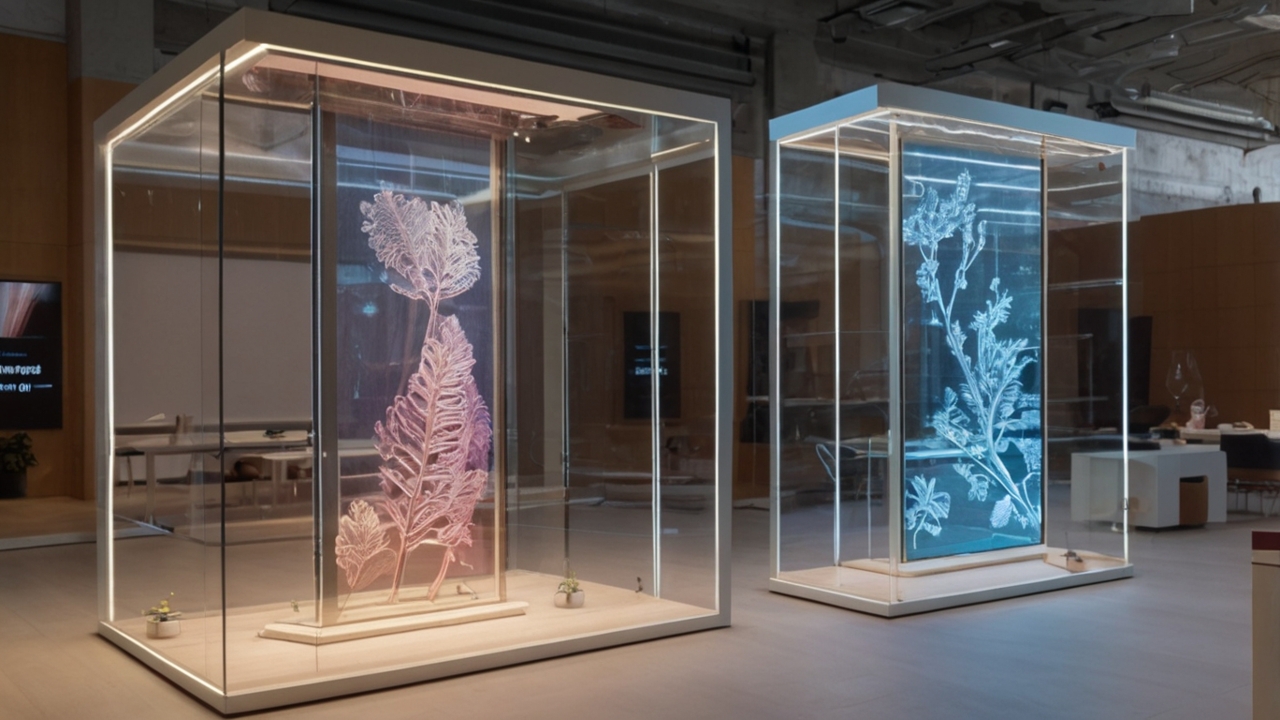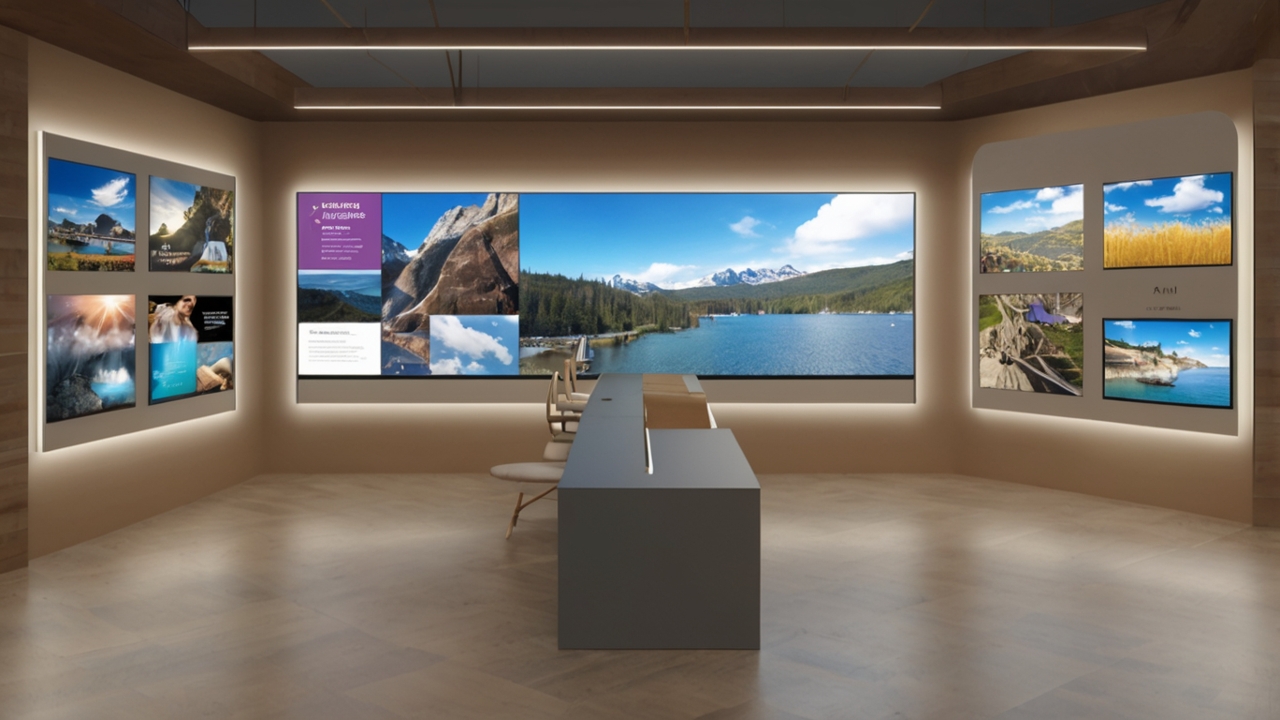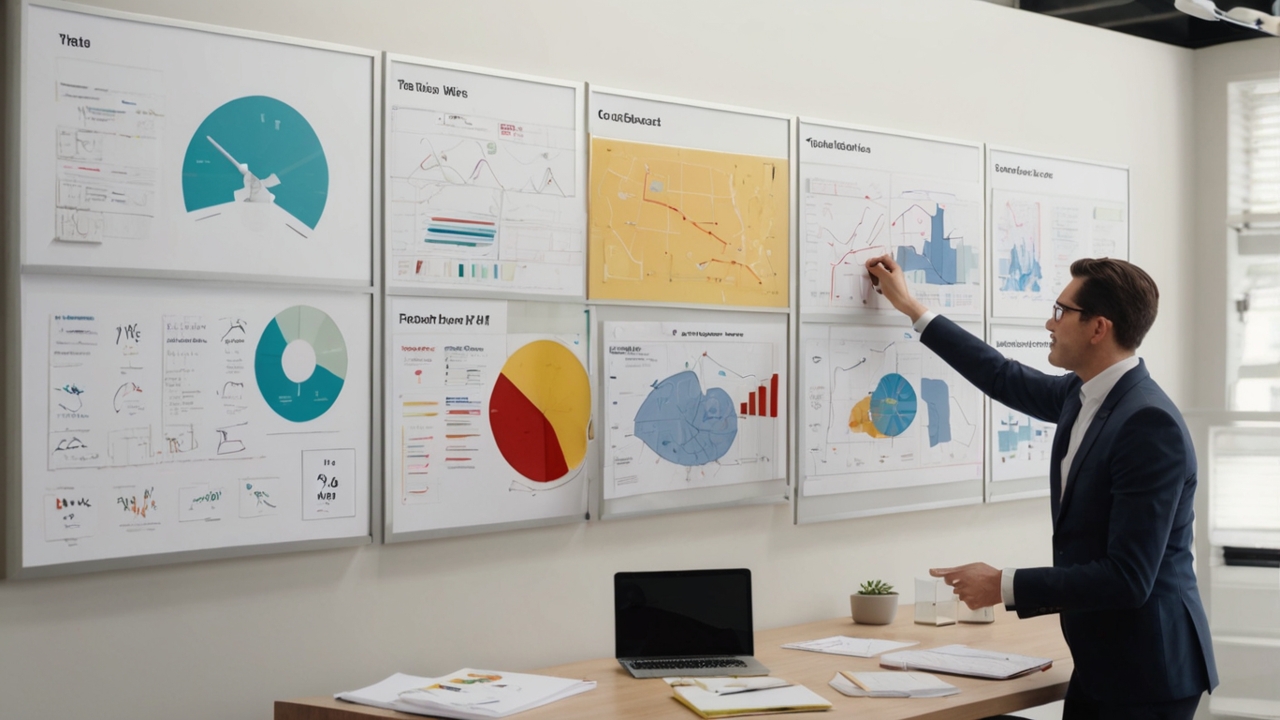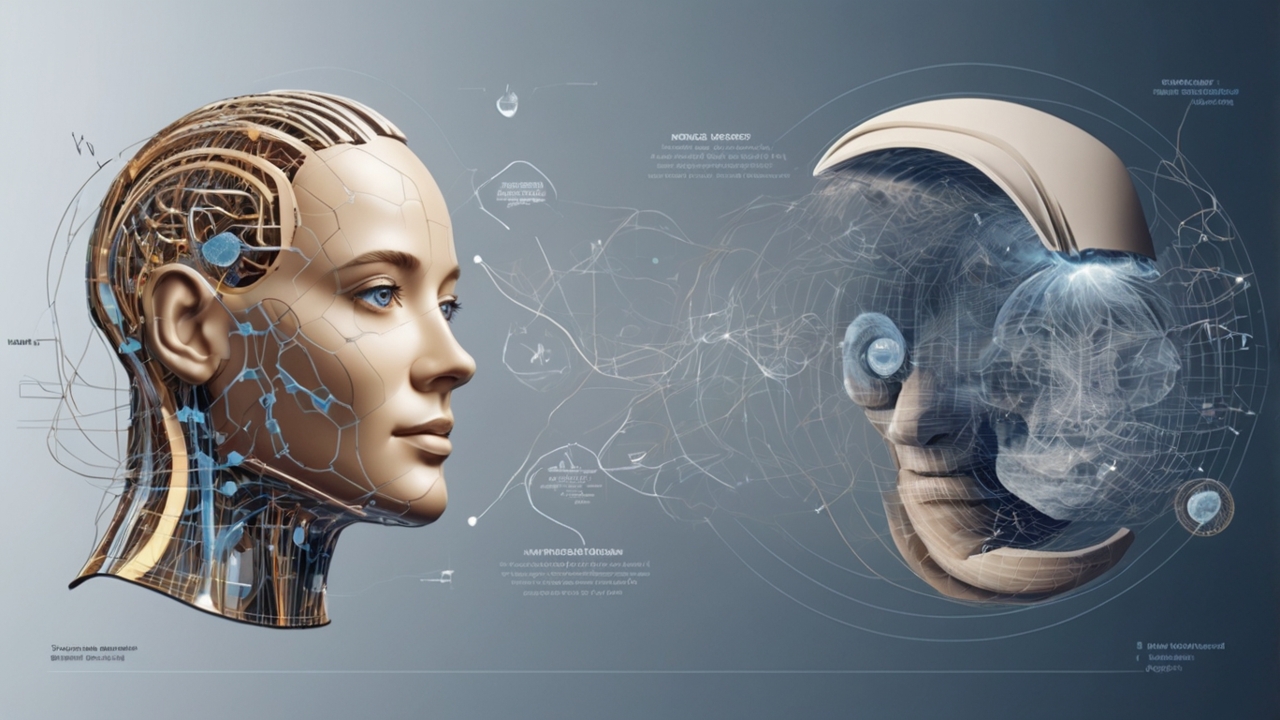Mayumiotero – In recent years, Transparent OLED technology has begun to transform the way we perceive spaces, light, and digital interaction. Unlike traditional displays, these panels allow viewers to see both digital images and the real world simultaneously, blending physical and digital architecture in breathtaking ways. Imagine walking through a building where windows double as dynamic information screens or facades that shift moods based on time and weather. It’s no longer science fiction it’s happening now.
Moreover, architects and designers are embracing this evolution not just for its visual appeal but also for its practicality. Transparent OLED panels promise energy efficiency, versatility, and creative freedom, redefining how buildings communicate with their environment. As we step deeper into the era of smart architecture, this technology will shape the next generation of sustainable and interactive design.
“Read also: Ant Group Enters Trillion‑Parameter AI League with Ling‑1T“
Understanding What Transparent OLED Really Is
At its core, Transparent OLED (Organic Light Emitting Diode) technology functions like traditional OLED displays but without the opaque backing. Each pixel emits its own light, which means no bulky backlight is needed. Consequently, when pixels are off, light passes through the screen creating true transparency.
Because of this unique characteristic, architects can embed these panels into glass walls, windows, and partitions, turning any transparent surface into a digital canvas. This balance between visibility and digital overlay enables new architectural storytelling: facades that breathe information, lobbies that narrate identity, and offices that blend privacy with openness.
How Transparent OLED Transforms Modern Architecture
The integration of Transparent OLED displays is reshaping modern architectural philosophy. Buildings are no longer static structures but living organisms capable of communication. For instance, a glass tower could showcase environmental data, digital art, or interactive wayfinding without losing natural light.
Furthermore, the minimalistic nature of this technology aligns with contemporary architectural trends simplicity, openness, and sustainability. It allows creators to merge function with aesthetic brilliance. Whether used in hospitality, retail, or corporate spaces, Transparent OLED introduces a new language of spatial design one that feels alive and responsive.
Design Meets Functionality, A Perfect Partnership
While traditional screens have always demanded attention, Transparent OLED subtly integrates technology into daily environments. This shift from distraction to harmony is key to its architectural success. Unlike LED walls that dominate a space, transparent panels complement it maintaining visual flow while enriching the experience.
Additionally, designers appreciate its adaptive potential. Imagine a restaurant that turns its glass dividers into artistic displays during the evening, or an airport terminal that uses transparent panels to display gate information without blocking visibility. These possibilities blur the boundaries between display, décor, and structure.
Energy Efficiency and Sustainability in Architectural Design
As the world moves toward greener practices, Transparent OLED offers a sustainable alternative to conventional digital systems. Since each pixel emits its own light, it consumes less energy than backlit LCDs or LED billboards. Plus, it produces less heat, reducing the building’s overall energy footprint.
From a sustainability perspective, this technology also aligns with LEED-certified designs and smart energy systems. Because light transmission is preserved, spaces remain bright and natural, minimizing the need for artificial lighting. Therefore, Transparent OLED isn’t just futuristic it’s eco-conscious too.
“Read also: AI in Action: How the MHRA Is Fast-Tracking Smarter, Safer Healthcare“
Smart Cities and Interactive Urban Spaces
Transparent OLED will likely become a cornerstone of smart city infrastructure. As cities integrate IoT and digital communication into their frameworks, architectural surfaces will double as information portals. Bus stops, storefronts, or even skyscraper windows could display dynamic updates, advertisements, or real-time environmental data all while maintaining transparency.
Moreover, this approach keeps visual clutter to a minimum. Instead of adding bulky digital signage, architects can embed OLED panels seamlessly into existing glass frameworks. The result is an urban landscape that feels futuristic yet natural, blending digital intelligence into physical design.
Challenges That Still Stand in the Way
Despite its stunning potential, Transparent OLED is still maturing. One major challenge is cost current production remains expensive, especially for large-scale applications. Another is durability; these panels must withstand weather, UV exposure, and physical impact to meet architectural standards.
Nevertheless, innovation moves fast. As companies like LG, Samsung, and Panasonic continue research, we can expect more affordable and robust solutions soon. Moreover, hybrid approaches combining OLED with augmented glass or protective coatings are already addressing these limitations, making mass adoption closer than we think.
Human Experience and Emotional Impact
Technology succeeds when it enhances human experience. With Transparent OLED, architecture becomes emotionally resonant. People can experience art, data, and communication without being separated from their environment. This emotional transparency fosters connection not isolation.
For example, imagine a hospital lobby where transparent displays show calming visuals, or a museum exhibit where digital layers enhance physical artifacts. Each interaction feels personal, immersive, and natural. That human-centered approach is why Transparent OLED isn’t just about design it’s about redefining how we feel within spaces.
Integration with Augmented Reality and AI Systems
The fusion of Transparent OLED, augmented reality, and artificial intelligence will redefine architectural experiences. AR systems can project interactive overlays directly onto OLED surfaces, guiding users through spaces intuitively. Meanwhile, AI can adapt displayed information based on user behavior or environmental changes.
For instance, an intelligent workspace could adjust window transparency or display collaborative tools when needed. This dynamic integration transforms architecture into a responsive ecosystem one that listens, reacts, and evolves with its inhabitants.
Commercial Applications From Showrooms to Skylines
Commercial environments are leading the adoption of Transparent OLED displays. Retail stores use them to combine real products with digital storytelling showcasing features, promotions, or immersive brand narratives right on their windows. Similarly, real estate developers employ them for interactive model presentations, replacing static posters with living glass.
Even more impressive are corporate skyscrapers adopting transparent façades to display brand identity or sustainability data dynamically. It’s a subtle yet powerful way to communicate innovation and responsibility in real time.
Real-World Architectural Marvels
In Seoul, LG’s Transparent OLED walls have turned office lobbies into digital art installations. Meanwhile, in Tokyo, transparent escalator panels display moving patterns that react to foot traffic. In Europe, museums use OLED glass to animate historical exhibits without damaging authenticity.
These examples prove that Transparent OLED isn’t a gimmick it’s a tool for artistic and functional reinvention. The blend of digital depth and real-world visibility invites both wonder and utility, setting new standards for immersive design.
“Baca juga: Oracle and NVIDIA Deepen AI Alliance“
The Economics Behind the Glow
As with all emerging technologies, cost efficiency improves over time. The current price per square meter of Transparent OLED remains high, but as production scales, the cost is expected to drop significantly within the next decade.
Moreover, architects view this as a long-term investment rather than a short-term expense. The visual differentiation, energy savings, and branding opportunities justify the initial cost. When used strategically, these installations not only pay for themselves but elevate property value and public engagement.
Where Architecture Meets Innovation
Looking ahead, Transparent OLED will likely become an integral part of architectural design philosophy. As the Internet of Things (IoT) merges with spatial computing, our buildings will become smarter and more communicative. Glass will no longer be passive; it will think, display, and respond.
Furthermore, as flexible OLEDs mature, curved and organic shapes will open up new design frontiers. Architects may soon create walls that breathe, ceilings that shift color, and facades that display dynamic art while remaining crystal-clear from inside.
Designing with Transparency of Mind
Ultimately, the future of Transparent OLED in architecture isn’t just about innovation it’s about purpose. Great design balances beauty, function, and emotion. Transparent OLED embodies that harmony perfectly. It doesn’t seek to dominate space but to reveal it more deeply.
As architects continue to push boundaries, this technology will redefine our relationship with light, form, and meaning. The buildings of tomorrow won’t just shelter us; they’ll speak, respond, and inspire.



